First Hackaday.io post!!!
The Concept: Upon returning to my idyllic suburbanite life after a long day's work, I wanted to feel more awesome. More badass. The solution? Fire and (electric guitar) power chords.
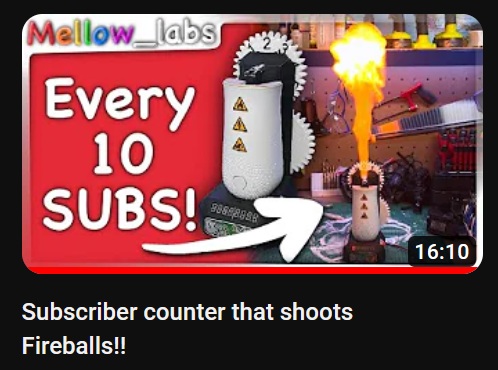
I decided this would be a good approach to wanting fire in my ewalkway to feel more badass.... I just needed to super-size it from glade air-spray to propane cannisters, make six of them, figure out how to control them, and not burn anything/body.
Step 1: I figured out a way to use 12V to a) allow propane to rapidly escape a 1 pound propane tank and b) ignite said propane with high voltage. I used a 1/4" solenoid valve and an adapter:
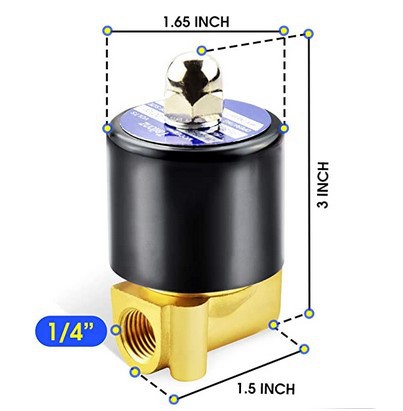
I found some high voltage arc generators (probably used for tasers maybe) that also ran off a 12 V supply, and tested the device with a bench supply. I worked, pulling up to 4A:
Step 2: I had to learn how to control fairly high current (max 4A) at 12V with an esp32. I made a prototyping board, a couple relays, a 12V to 5V converter, and the arc generator.
That worked out alright. It was then time to program an esp32 to be the ESPNow master controller, and to program the board above as the ESPNow "voluntary helper" (formerly "slave" per the ESPNow library). Random Nerd Tutorials was a gigantic resource in this project, and they are the creators of many, many helpful exp32 projects.
It's worth mentioning here- I was using a push-button board I made for the Master controller esp32, but it only had 3 buttons (as well as my first attempt at hardwarre debouncing). I also screwed around with the capacitive touch pins. Ultimately, I wanted to send enough different signals that I bought a Blackberyy BBQ20 board that had been modded to run on i2c (and many other protocols). It worked great, and allowed me to quickly set up man different firing options (e.g. the timings on how long the valve remained open, how long the igniter fired) hot-keyed to individual burners. It worked good.
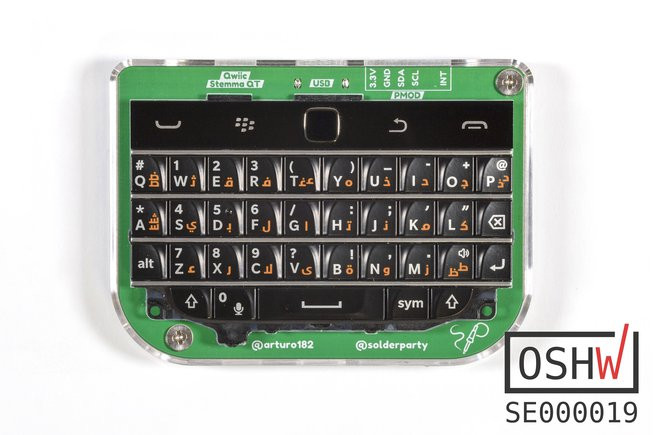
Step 3: Since I wanted 3 pairs of two of these (to resemble walkway lights), there was no way I was going to make another 5 proto-boards. Additionally, the protoboards were far bigger than necessary. I made my first 12V relay board with standoffs to insert the esp32s. I'm sure there are things that could hae been done better, but I was happy with the small form factor.
Below: The schematic I made using EasyEDA (this is included under prtoject assets) and the board view
 ... and the board view:
... and the board view: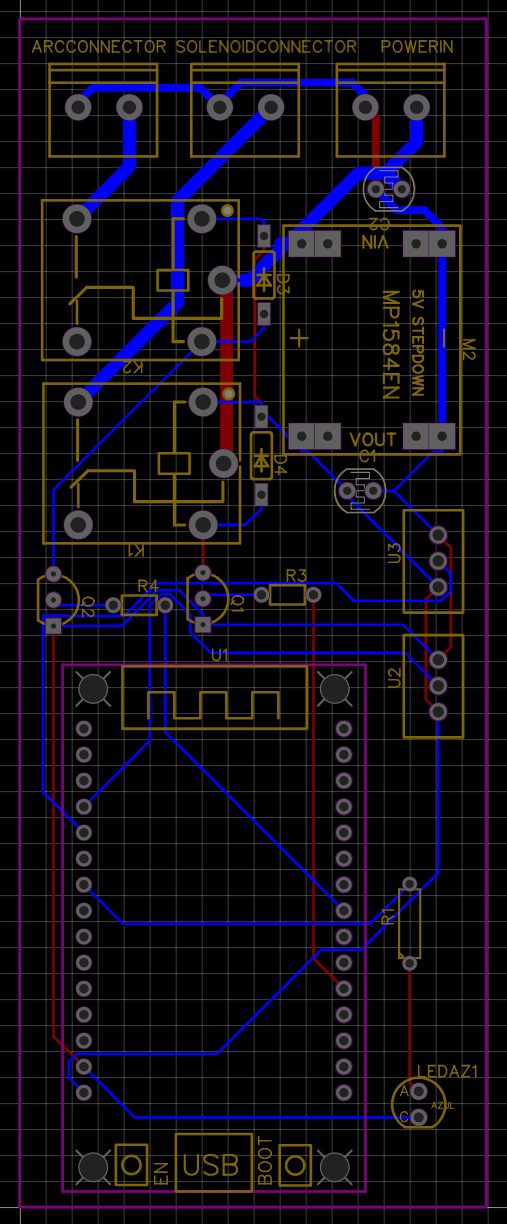
Here is a quick walk-thorough of the parts needed:
Step 4: It was time to use my embryonic Fusion 360 skills to design housing for the controller board and the spark generator. Please note! Capacitors would likely be helpful for voltage spikes (and were included in the original design) but I had no way to discharge them so I clipped them out.
Step 5: working out bugs- I am gonna put a lot here, a I ran into a lot of problems and I lay them out here in case somebody were to encounter something similar:
To be clear, it took forever for me to get from one working flame pooger to six that worked together. I encountered a LOT of problems, most of which were my own fault.
a. Air-fuel mixture: Propane (and i think all hydrocarbon fuels for that matter) do not combust in an oxidation-combustion reaction unless they have, well, an oxidizer. Typically, this oxidizer is O2 molecular oxygen that comprises 21% of breathable air. Propane torches typically have a simple carberator, which use the venturi effect to mix expelled propane with atmospheric air. I did my best to design the flame poofers so air mixed with the propane enough that the high voltage igniter would trigger the combustion... gearscodeandfire
gearscodeandfire


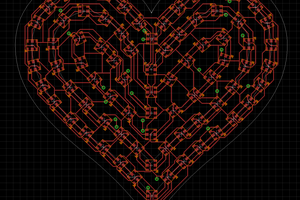
 Jeremy Gilbert
Jeremy Gilbert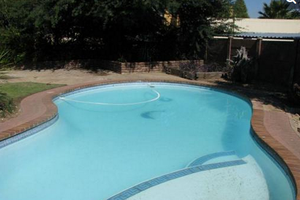
 DigiGram
DigiGram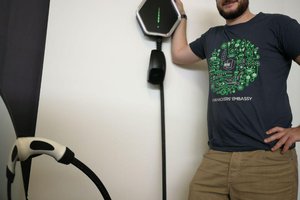
 Mastro Gippo
Mastro Gippo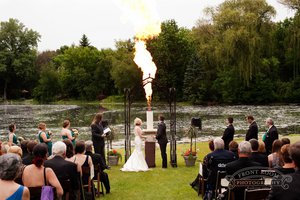
 Quinn
Quinn
Right in time to set Halloween costumes on fire!
Are you kidding?
Most dangerous project for the public I've seen.
Hackaday should remove it. Do what you want in your basement. Your sidewalk is a public area. Even concealing the flamethrowers as walkway lights. Give your head a shake. And remove them.